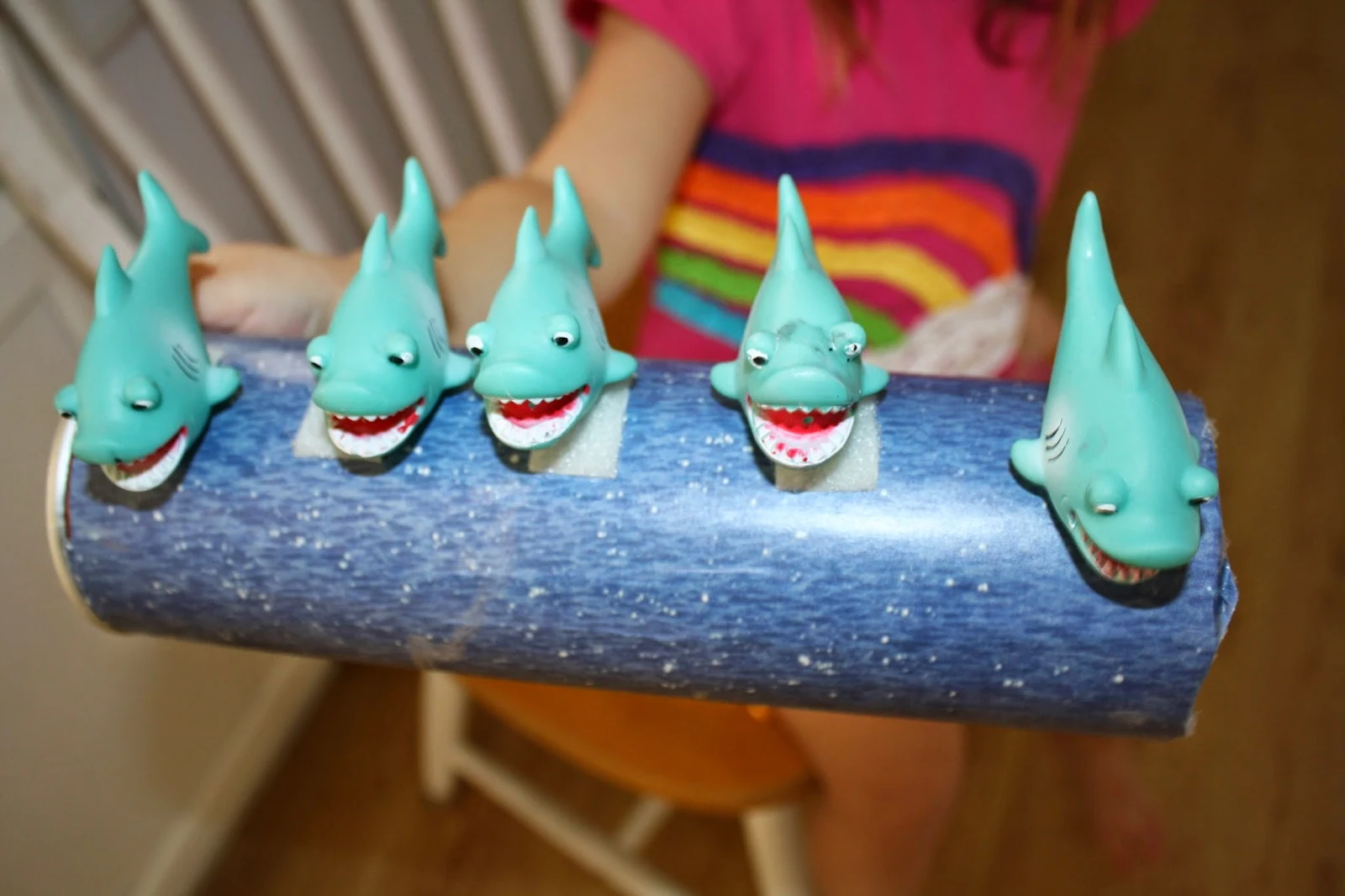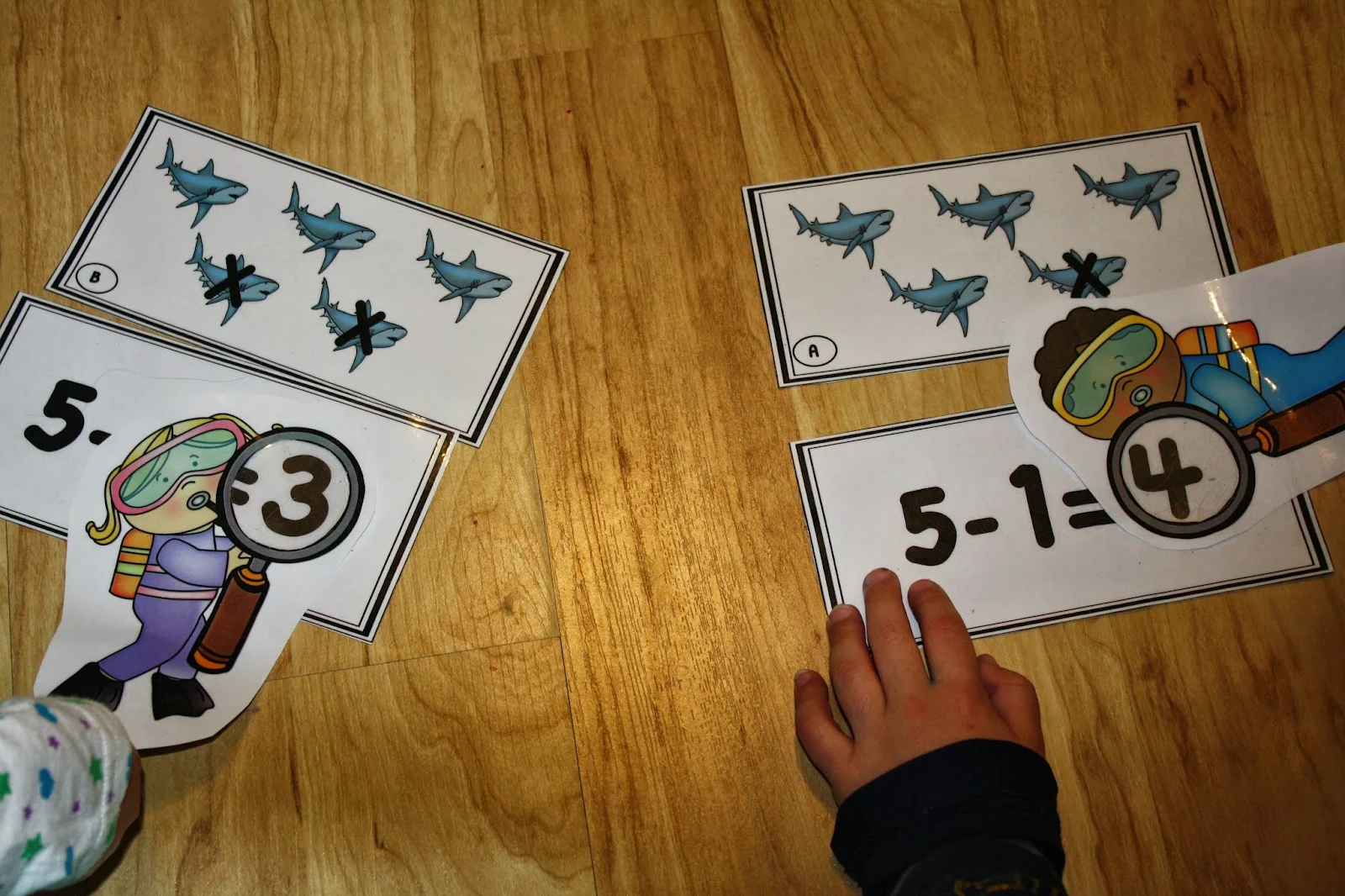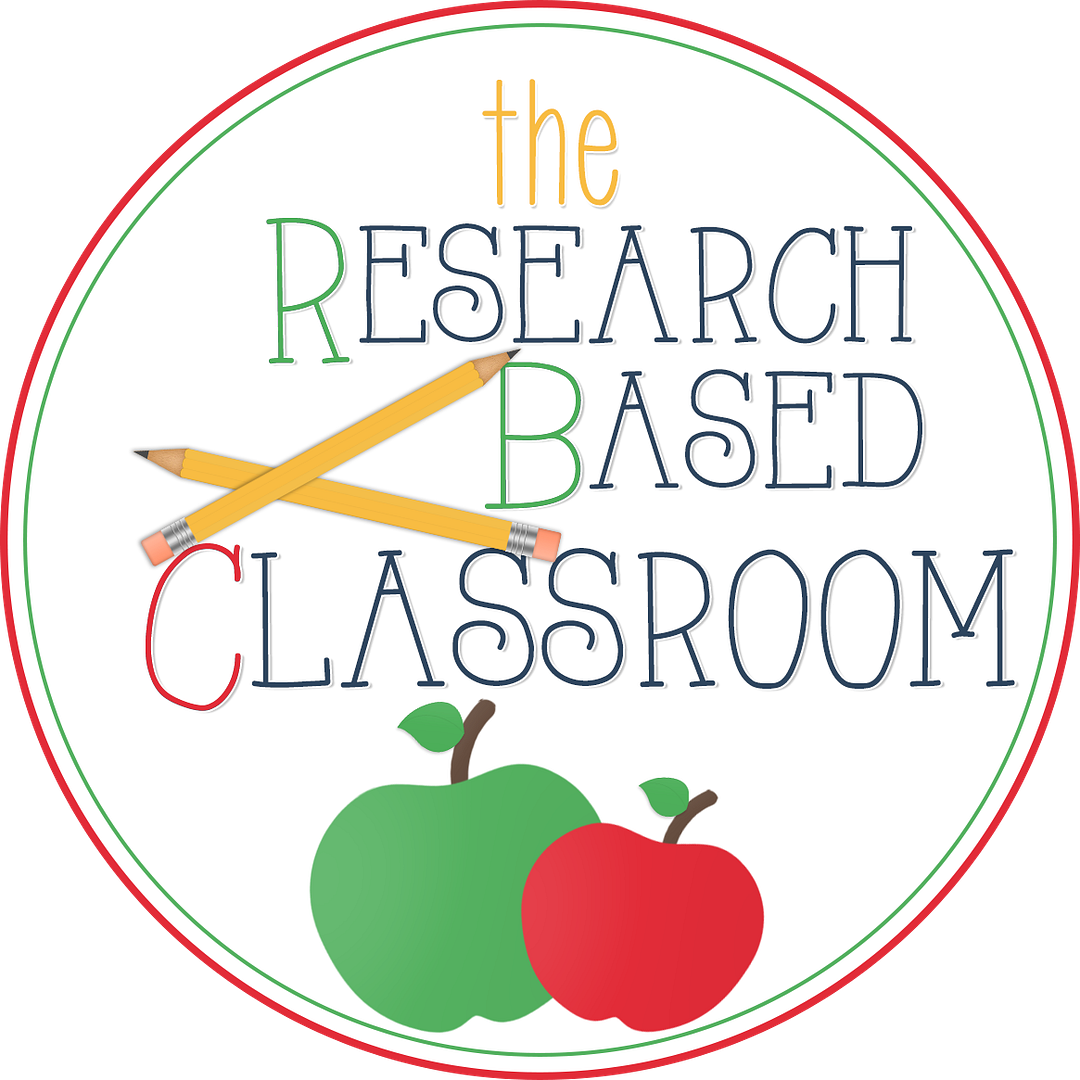I recently started a collection of "Fives" poetry. The first in the collection is my favorite, SHARKS! I originally was going to just include the poetry and manipulatives to go along with it, but I couldn't resist. The pack now is over 200 pages and includes tons of active learning ideas. I wanted to share some of the ideas with you AND give you a copy of the poem for FREE!
My favorite part of the "FIVES" poetry is creating the Pringles can manipulative. Kids go crazy over the little plastic toys! It is also very practical, because you can store the sharks inside the can when you are done. Click here to see the previous post on the sharks.
Here are the affiliate links that I used for my finger puppet manipulatives!
I've added a bunch of fun ideas to go with the poem. One of my favorites is creating your own interactive book. You can use Velcro and the shark manipulatives to help students explore the concept of subtraction. The beauty of these books is that they are hands on and allow students to really experience "taking away". I have included color and black and white versions.
There is also a version of the book that is not interactive, but shows subtraction through using X's. This is also available in color and black and white.
I use this poem with my preschool aged daughter. She loves interacting with the poem on the pocket chart and on the personal poem.
I created alphabet extension worksheets for every letter of the alphabet. Students can interact with the poem or with the room itself. I provide a focus wand and get the kids moving.
They are asked to find and identify the letter on the worksheet. It is inside the magnifying glass. They will then find the letter, either in the poem or in a word around the room.
When I set up this activity, I provide a clip board, pencil, focus wand and pencil. Students can travel around the room to complete the activity. They are asked to trace and write the letter, identify and highlight the letters. The last part is differentiated for different levels. In the easier version, students will cut out the letters and match them to the letters in the boxes. Students will only have one extra letter. In the more difficult version, students will have 3 extra letters to distinguish between AND will have to find the correct letters and place them in the boxes.
Here is an example of a completed extension worksheet.
Next, we have the word extension worksheets. I included common words from the poem and made a blank page, so that you could add your own words!
You would use these worksheets in the same way as the alphabet worksheets, except students will be focusing on words. I have two different sized focus wands to use for the pocket chart and personal poem.
There are three differentiated extension worksheets. Students will begin by using their focus wand to identify the specific word in the magnifying glass. Then, they will find the word in the poem or around the room.
All three worksheets begin with tracing the word, writing the word and highlighting the word. The worksheets are differentiated in the cut and glue portion. Version #1- Students will cut out the scrambled letters and match to the letters in the box. Version #2- Students will cut out all the letters and distinguish between the letters they need and do not need. Students will match the correct letters to the letters in the box. Version #3- Students will distinguish between the letters that they need and will unscramble the word in the blank boxes.

Here is an example of a completed word extension worksheet.
The last set of extension worksheets is for identifying numbers. These worksheets work on identifying number words, numerals, and counting out and drawing the same number of objects.
This activity begins in the same way as the alphabet and word hunts. Students will use the focus wand to find the number word on the worksheet and in the poem or around the room.
This can also be extended where students identify the same number of objects on the pocket chart.
And the matching numeral.
There are two differentiated sheets for the number extension worksheets. Students will find the number word, trace the word, write the number word, trace the numeral, write the numeral, and draw the correct number of circles in the ten frame. Version #1- Students will cut and glue the sharks into the boxes. This will help students with one-to-one correspondence. Version #2- Students will cut out and have to glue 5 sharks on the sheet without a model.
Here are two of the differentiated worksheets.
Here is a student working with a personal poem sheet.
The last set of extension activities is for subtraction practice.
This set includes a teacher subtraction mat. You can laminate the mat and use dry erase markers to record the number sentences. It includes shark subtraction cards with X's, equation cards, an "I can" pictorial cards with instructions, and two different types of recording sheets.
Students can use manipulatives or the shark puppets to act out the subtraction problem in the task card. Students will identify the numbers that will create the subtraction equation.
Here are students finding the numeral that shows how many sharks there are in all.
Here, they are using their focus wands to identify how many sharks were "taken away" in the task card.
Here they are finding the difference. They are identifying the number of sharks that "are left".
I love this, because students are able to become comfortable with the function of each number in a subtraction sentence. They will also become comfortable with math terminology.
I hope that you have found some useful ideas to use with your "FIVES" poem! I will be creating a whole zoo of fives to help your students explore both addition and subtraction! Look for the next addition.
Click here to get your FREE "Five Big, Blue Sharks!" poem. I would love to hear how it works for you.
Thanks so much!

















































